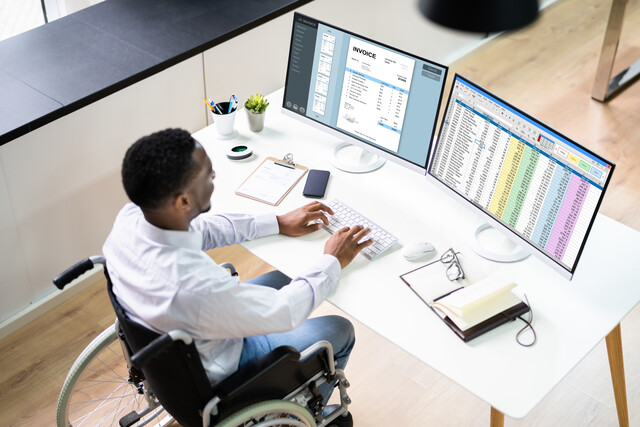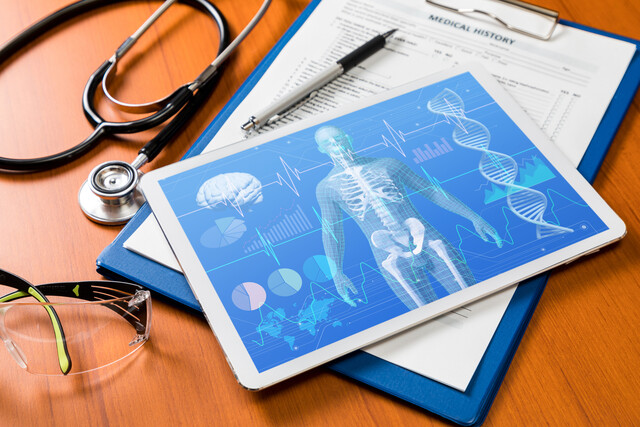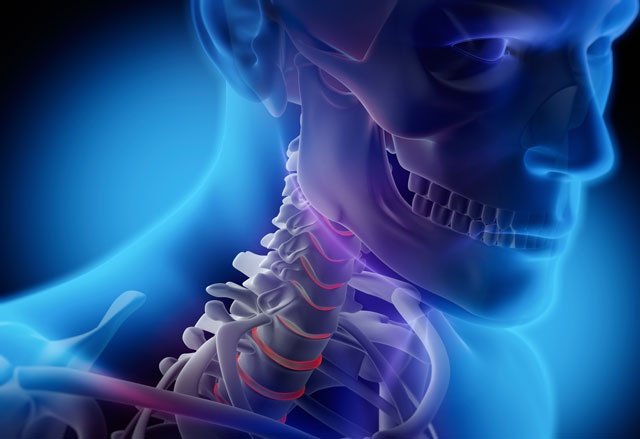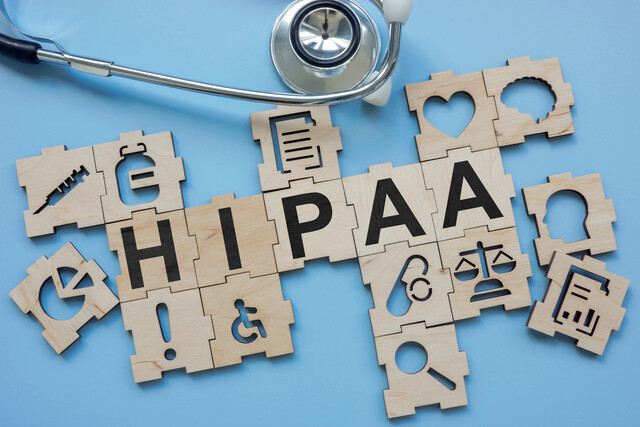CPT Coding for Beginners
Unlock the Language of Healthcare Reimbursement

20 Hours average completion time
2.0 CEUs
15 Lessons
16 Exams & Assignments
409 Discussions
25 Reference Files
20 Articles
Mobile Friendly
Last Updated December 2025
In-Depth Medical Coding: Navigating the CPT Landscape
Medical coding stands as the cornerstone of the modern healthcare system. It's the bridge between medical practitioners and insurance agencies, ensuring that healthcare providers are compensated appropriately for their services. With a robust foundation in the Current Procedural Terminology (CPT) coding manual, professionals in the medical field can enjoy a seamless experience in medical billing, coding, collections, and office administration.
Our comprehensive self-study course offers a thorough exploration of the CPT coding manual, combining essential guidelines with real-world applications. It serves as a guide for beginners and a refresher for seasoned professionals, catering to a broad spectrum of learners.
Who Will Benefit? This course is meticulously crafted for individuals across various facets of the medical domain:
- Aspiring medical billers and coders looking for a foundational grasp on CPT.
- Medical collectors aiming for accuracy in their tasks.
- Medical office administrators seeking efficiency in day-to-day operations.
- Experienced coders aiming to refine their skills and boost their speed, especially when gearing up for the coding certification exams.
Course Highlights:
-
Intricacies of the CPT Code: Begin with the basics of the CPT coding system. This introductory module sets the stage, allowing students to get acquainted with the code's structure and significance.
-
Deep Dive into Modifiers, Sections, and Symbols: Go beyond the basics by understanding the nuanced differences and critical markers within the CPT.
-
Comprehensive System Reviews: Engage in systematic learning from Evaluation and Management to Radiology and Pathology sections of the CPT. Each section is accompanied by assignments and netlinks to provide an immersive experience.
-
Scenario-based Learning: Contextualize theoretical knowledge with real-life coding scenarios. This ensures not just rote learning but a practical understanding of the application of codes in various medical contexts.
Course Breakdown: Each module of the course is tailored to offer a granular understanding of the various sections of the CPT:
- Introduction to the CPT Coding System: Foundation of CPT and its relevance.
- Modifiers, Sections, and Symbols of CPT®: Decoding the intricacies of CPT.
- Evaluation and Management CPT® Section: Navigating patient interactions and services.
- Anesthesia CPT® Section: Grasping codes related to sedation and pain management.
- Surgery and the Surgical Package in CPT®: Understanding procedural coding nuances.
- General & Integumentary CPT® Section: Delving into skin and related systems.
- Musculoskeletal System CPT Section: Codes for bones, muscles, and joints.
- Respiratory CPT Section: Learning codes for lung and airway procedures.
- Cardiovascular CPT Section: Delving into the heart and blood vessels.
- Digestive System CPT Section: Codes for gastrointestinal procedures.
- Urinary System CPT Section: Navigating renal and urinary procedures.
- Male and Female Genital CPT Section: Understanding reproductive system codes.
- Maternity CPT Section: Emphasizing childbirth and maternal care.
- Nervous System CPT Section: Unpacking codes for neurological procedures.
- Radiology and Pathology CPT Sections: A look into diagnostic procedures and laboratory tests.
Whether you're starting your journey in medical coding or refining your expertise, our course promises a transformative experience. Dive deep into the world of medical coding, unlock opportunities, and set yourself up for success in the dynamic world of healthcare. Join us and steer your career in the right direction with a command over CPT coding!
- Efficient medical office administration
- Grasping surgical code nuances
- Proficient use of coding modifiers
- Understanding medical coding fundamentals
- Navigating specialty-specific codes
- Succeeding in coding certification exams
- Utilizing real-world coding applications
- Managing complex medical billing scenarios
- Accurate application of CPT codes
-

Interior Decorating Made Easy
-

Medical Terminology 201
-

Anatomy and Physiology 101
-

Careers in Healthcare
-

ICD-10: Medical Coding
-

HIPAA Compliance 101
-

Medical Billing and Coding Course Bundle
-

Healing Affirmations
-

Medical Terminology 101
-

Interpersonal Communication
-

Introduction to Medical Billing
-

Medical Office Management
-

Catering
-

Current Discoveries of the Universe
-

Running Effective Meetings
-

Talent Management for Business
-

Introduction to Medical Coding
-

Comprehensive Medical Terminology 1 & 2
-

Workplace Violence: A Guide to Responding and Preventing
-

Understanding Concussions
-

Cross-Cultural Communication